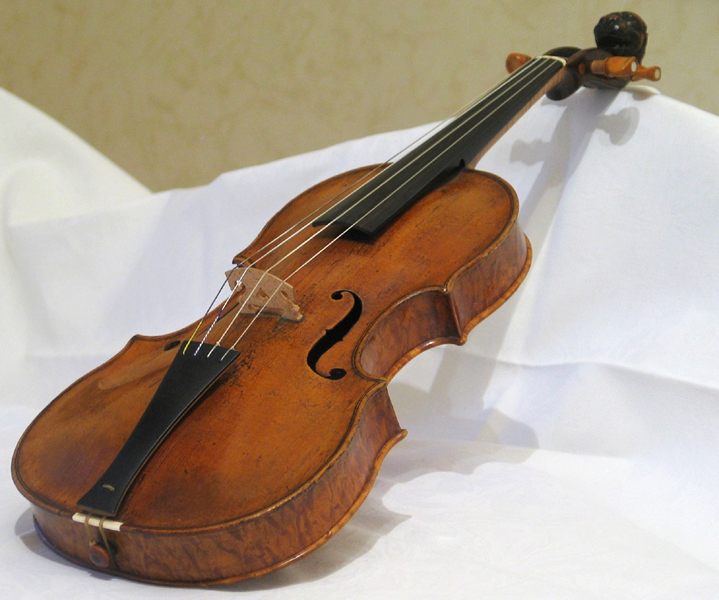|
Beethoven's Violin Sonatas (other)
Ludwig van Beethoven composed the following violin sonatas between 1798 and 1812. * Violin Sonata in A major (Beethoven), Hess 46 (fragmentary) * Violin Sonata No. 1 in D, Op. 12, No. 1 * Violin Sonata No. 2 in A, Op. 12, No. 2 * Violin Sonata No. 3 in E-flat, Op. 12, No. 3 * Violin Sonata No. 4 in A minor, Op. 23 * Violin Sonata No. 5 in F, Op. 24 ("Spring") * Violin Sonata No. 6 in A, Op. 30, No. 1 * Violin Sonata No. 7 in C minor, Op. 30, No. 2 * Violin Sonata No. 8 in G, Op. 30, No. 3 * Violin Sonata No. 9 in A, Op. 47 ("Kreutzer") * Violin Sonata No. 10 in G, Op. 96 {{Set index article ... [...More Info...] [...Related Items...] OR: [Wikipedia] [Google] [Baidu] |
Ludwig Van Beethoven
Ludwig van Beethoven (baptised 17 December 177026 March 1827) was a German composer and pianist. Beethoven remains one of the most admired composers in the history of Western music; his works rank amongst the most performed of the classical music repertoire and span the transition from the Classical period to the Romantic era in classical music. His career has conventionally been divided into early, middle, and late periods. His early period, during which he forged his craft, is typically considered to have lasted until 1802. From 1802 to around 1812, his middle period showed an individual development from the styles of Joseph Haydn and Wolfgang Amadeus Mozart, and is sometimes characterized as heroic. During this time, he began to grow increasingly deaf. In his late period, from 1812 to 1827, he extended his innovations in musical form and expression. Beethoven was born in Bonn. His musical talent was obvious at an early age. He was initially harshly and intensively tau ... [...More Info...] [...Related Items...] OR: [Wikipedia] [Google] [Baidu] |
Violin Sonata
A violin sonata is a musical composition for violin, often accompanied by a keyboard instrument and in earlier periods with a bass instrument doubling the keyboard bass line. The violin sonata developed from a simple baroque form with no fixed format to a standardised and complex classical form. Since the romantic age some composers have pushed the boundaries of both the classical format as well as the use of the instruments. The early violin sonata In the earliest violin sonatas a bass instrument and the harpsichord played a simple bass line (continuo) with the harpsichord doubling the bass line and fixed chords while the violin played independently. The music was contrapuntal with no fixed format. Georg Philipp Telemann wrote many such sonatas as did Johann Sebastian Bach. Bach also wrote sonatas with harpsichord obbligato, which freed the keyboard instrument from playing only a bass line accompaniment and allowed in to enhance the part of the soloist. He also wrote sonatas for ... [...More Info...] [...Related Items...] OR: [Wikipedia] [Google] [Baidu] |
Violin Sonata In A Major (Beethoven)
The Violin Sonata in A major, Hess 46, is a fragmentary and possibly unfinished work for piano and violin composed by Ludwig van Beethoven sometime between 1790 and 1792. Discovered by musicologist Willy Hess, it may be one of Beethoven's first attempts at composing a work for this combination of instruments. The surviving manuscript comprises three pages containing parts of two separate movements, both of which are missing several pages including their openings. Violinist Eimar Heeney identifies the two fragmentary movements as being the slow movement and concluding rondo. Musicologist Sieghard Brandenburg also reconstructs the fragments in this way and adds that he believes the finale was never completed because the score ends abruptly with plenty of space remaining on the page. Both authors agree that the work was balanced in such a way that the violin has a purely accompanying role. Brandenburg characterized the fragments as demonstrating that at this point in his career Beetho ... [...More Info...] [...Related Items...] OR: [Wikipedia] [Google] [Baidu] |
Violin Sonata No
The violin, sometimes known as a ''fiddle'', is a wooden chordophone (string instrument) in the violin family. Most violins have a hollow wooden body. It is the smallest and thus highest-pitched instrument (soprano) in the family in regular use. The violin typically has four strings (some can have five), usually tuned in perfect fifths with notes G3, D4, A4, E5, and is most commonly played by drawing a bow across its strings. It can also be played by plucking the strings with the fingers (pizzicato) and, in specialized cases, by striking the strings with the wooden side of the bow (col legno). Violins are important instruments in a wide variety of musical genres. They are most prominent in the Western classical tradition, both in ensembles (from chamber music to orchestras) and as solo instruments. Violins are also important in many varieties of folk music, including country music, bluegrass music, and in jazz. Electric violins with solid bodies and piezoelectric pickups a ... [...More Info...] [...Related Items...] OR: [Wikipedia] [Google] [Baidu] |


